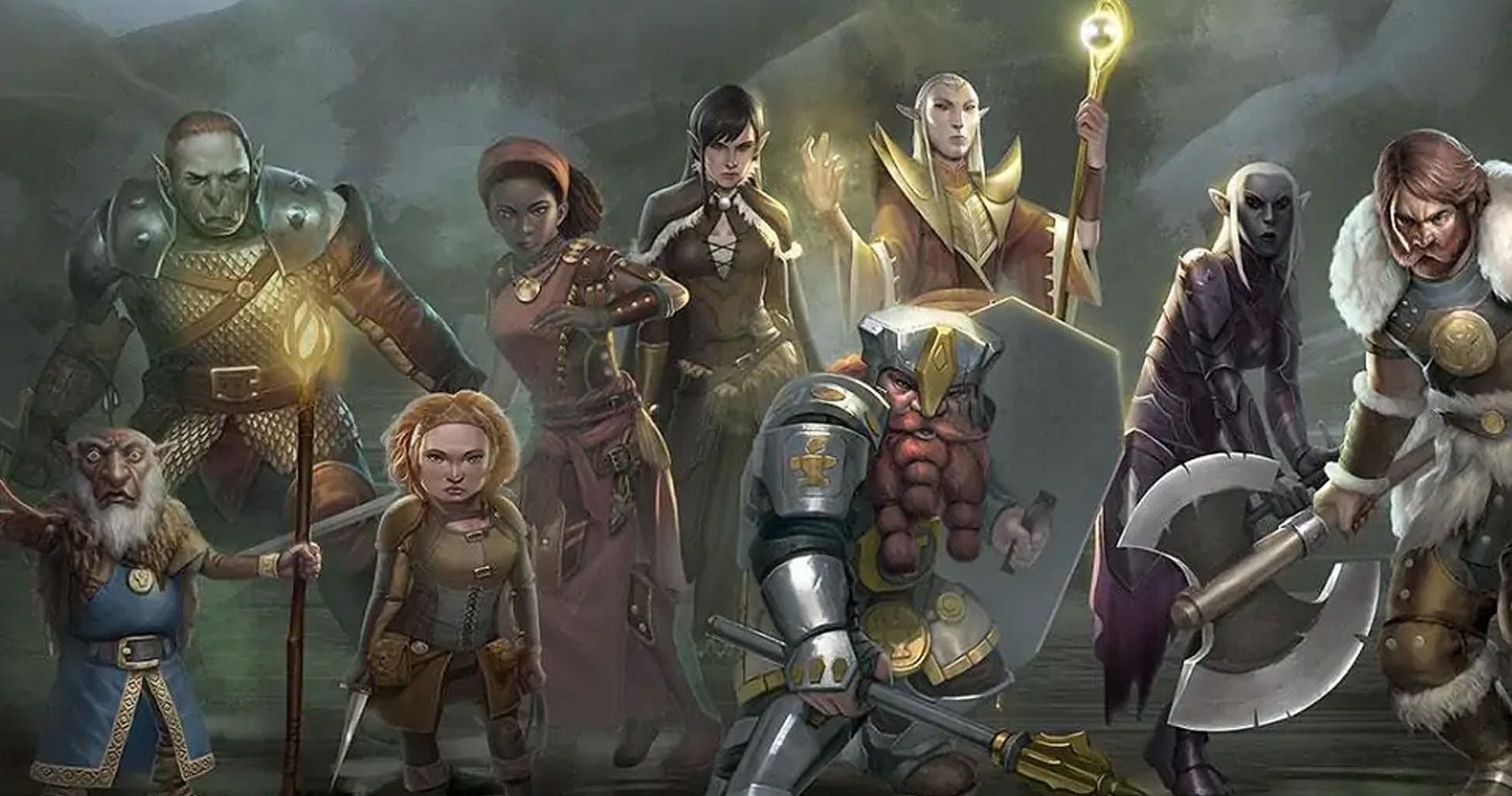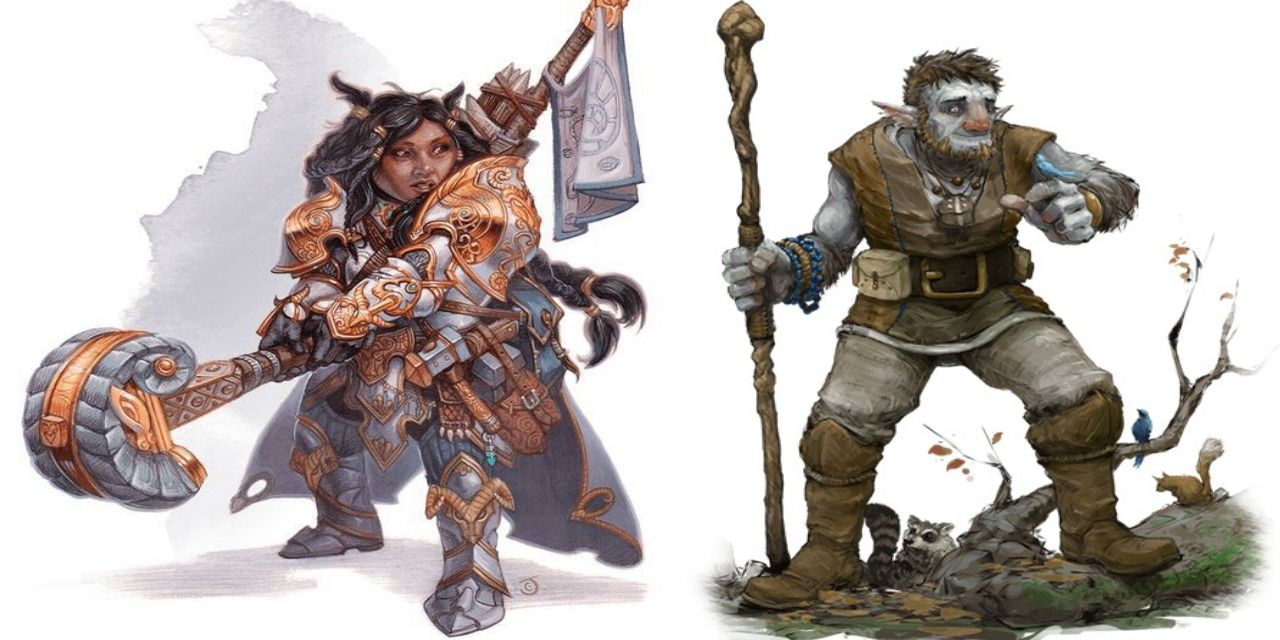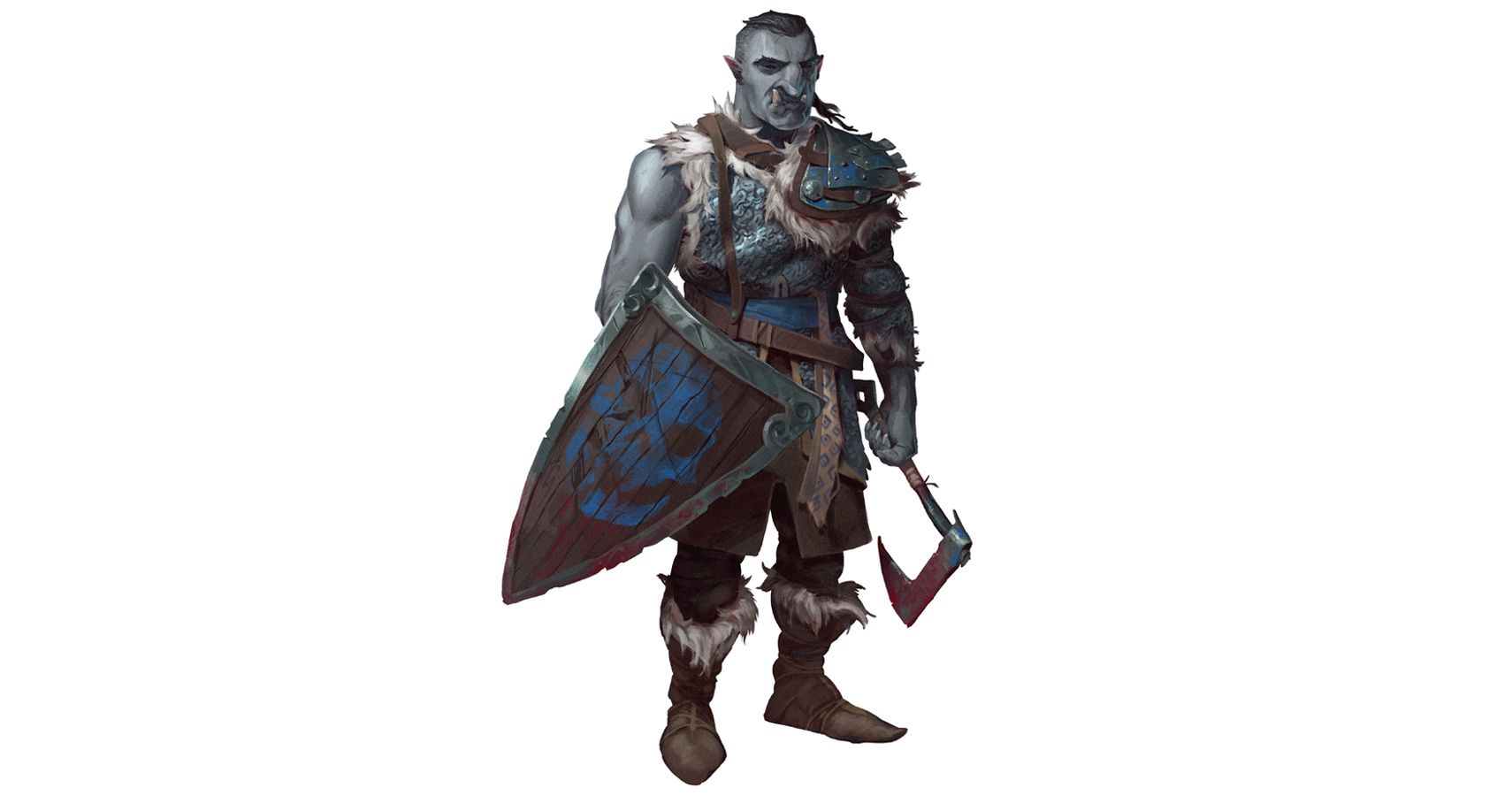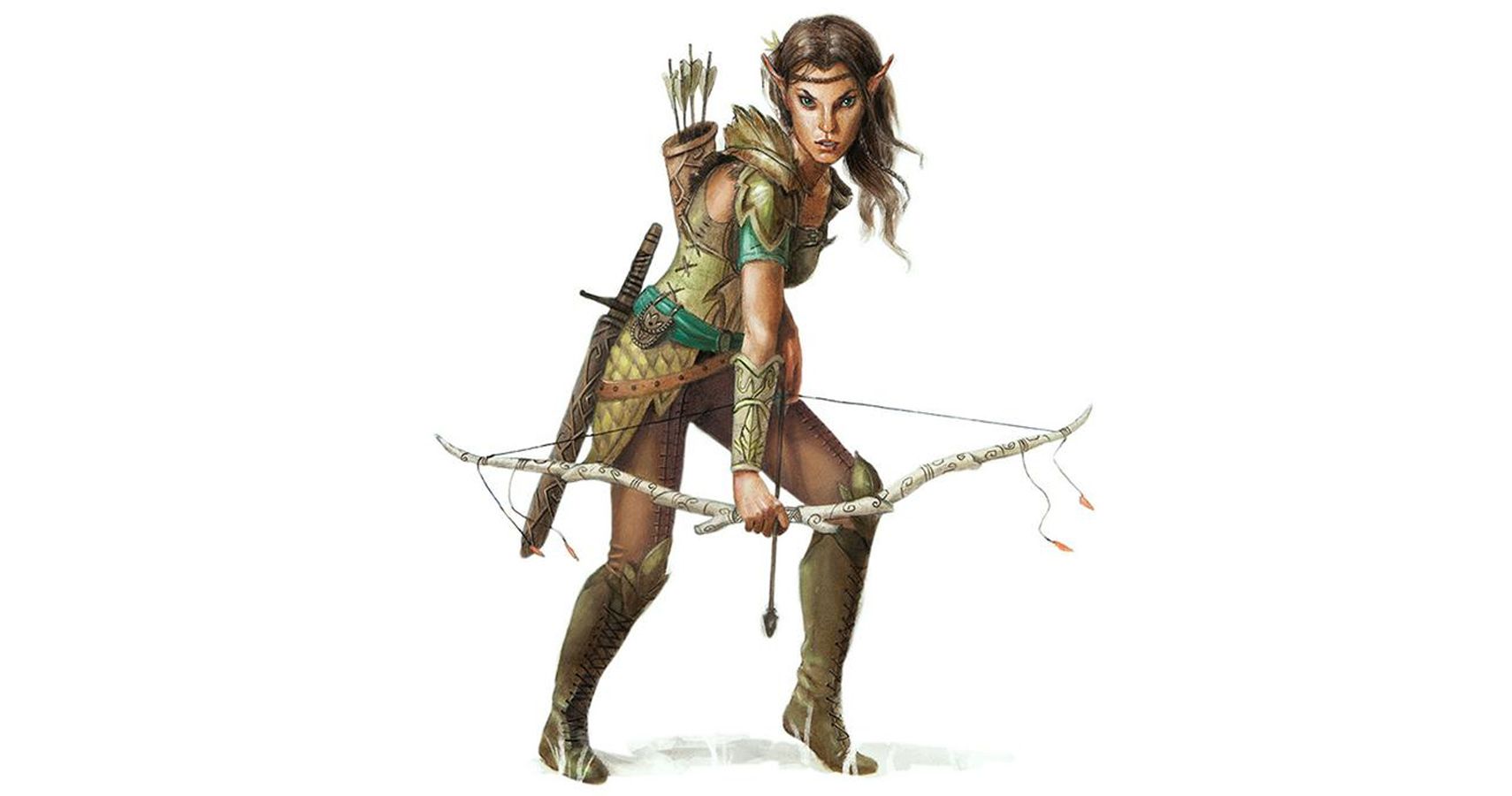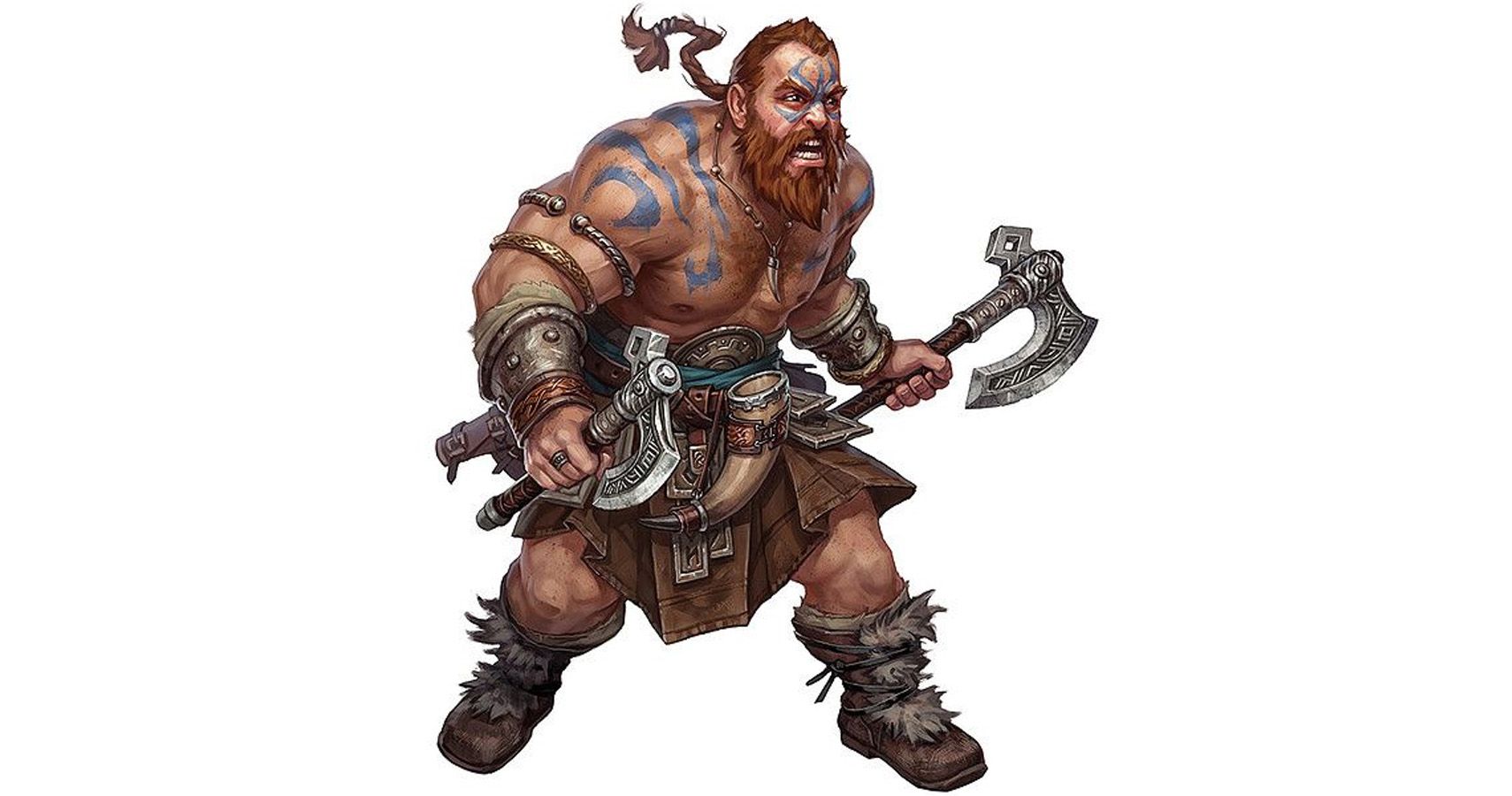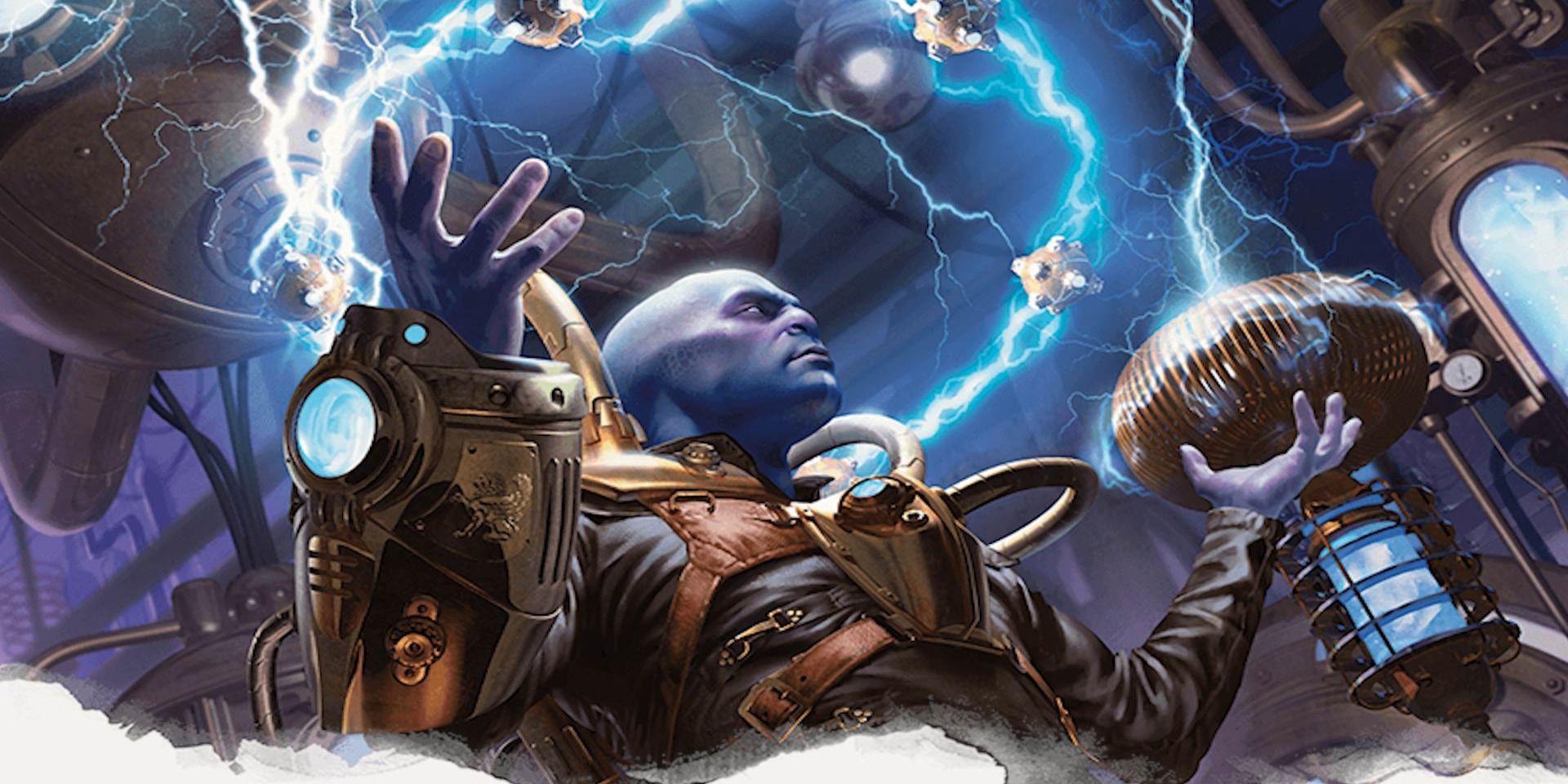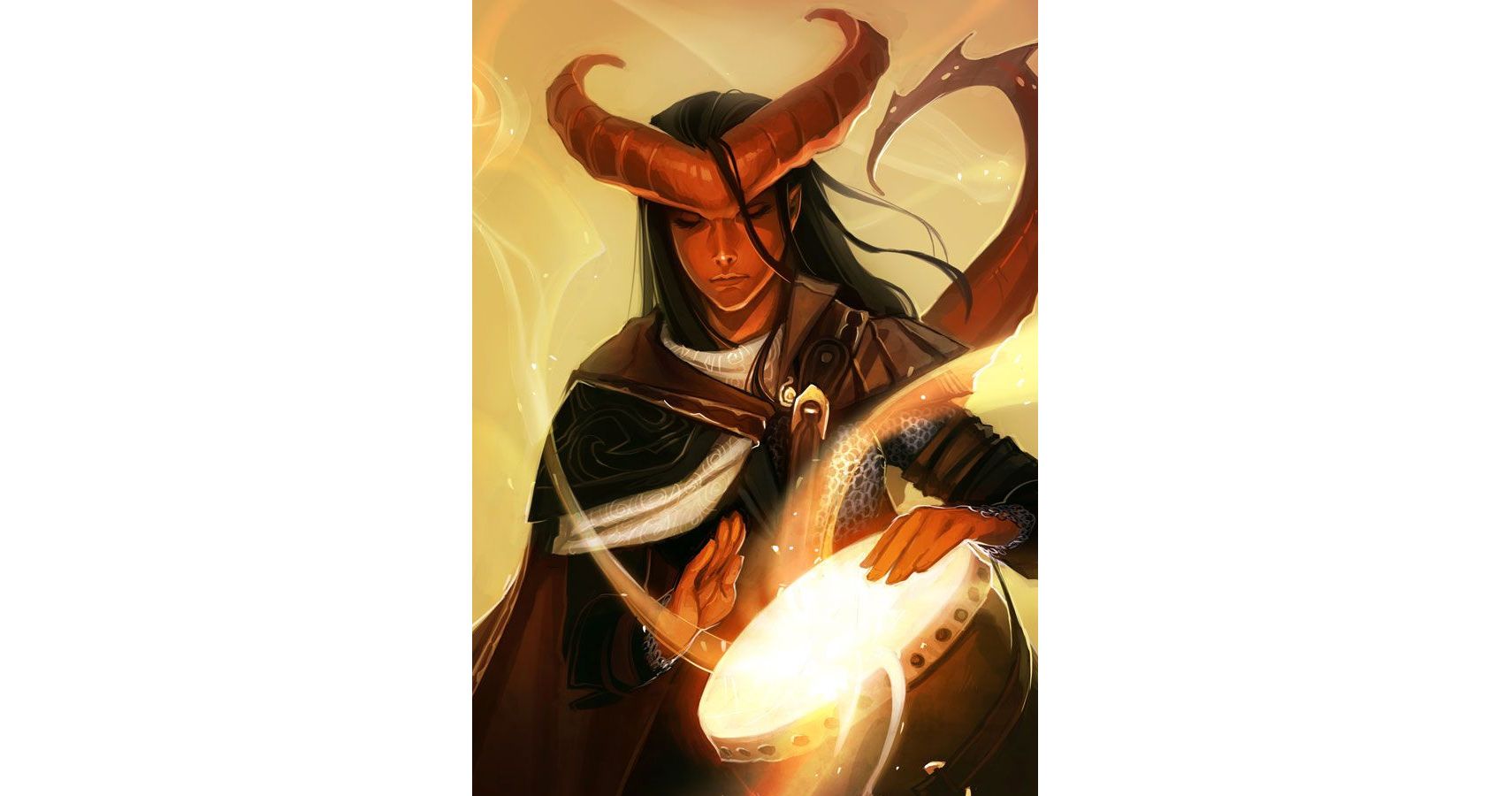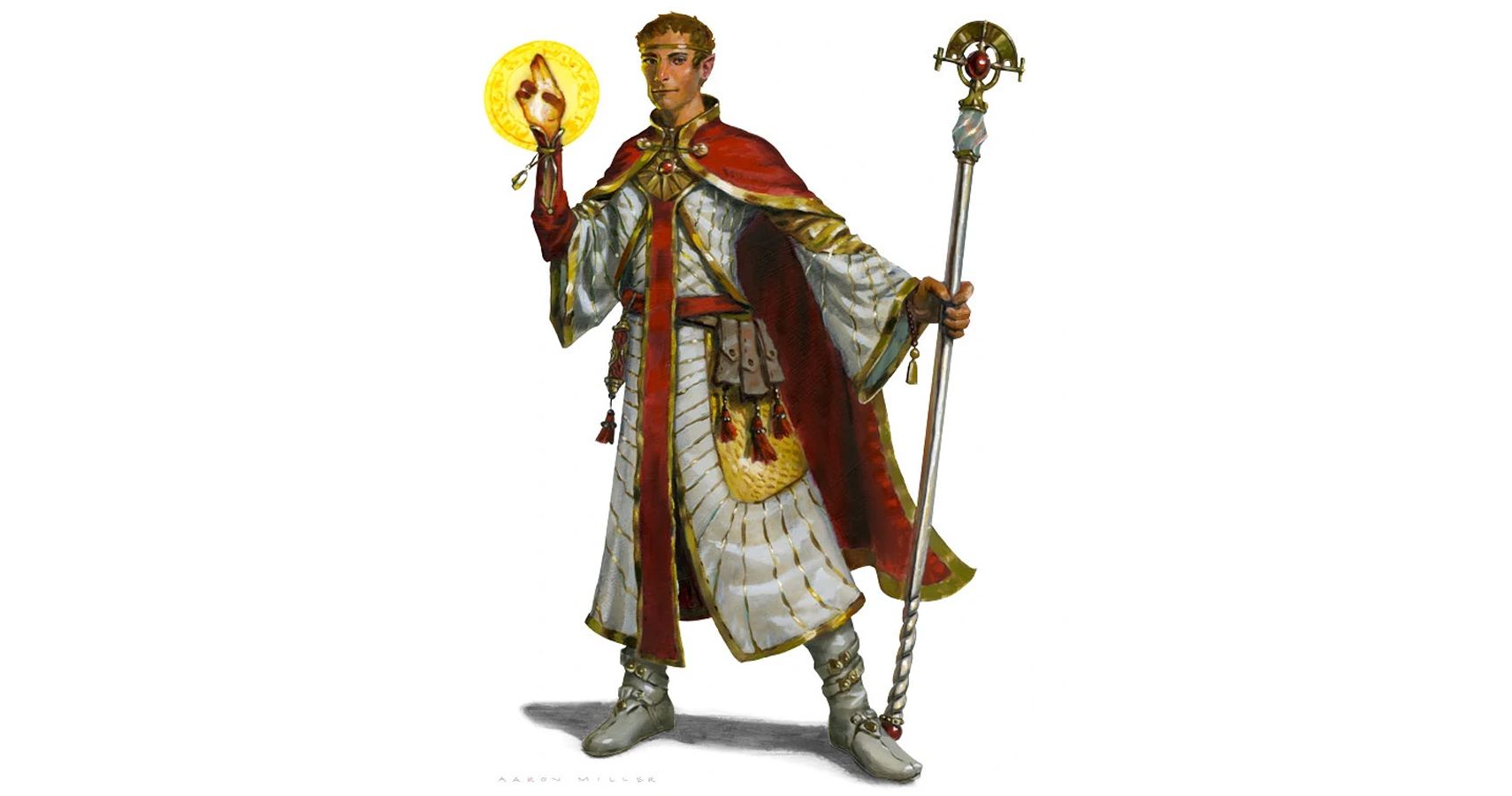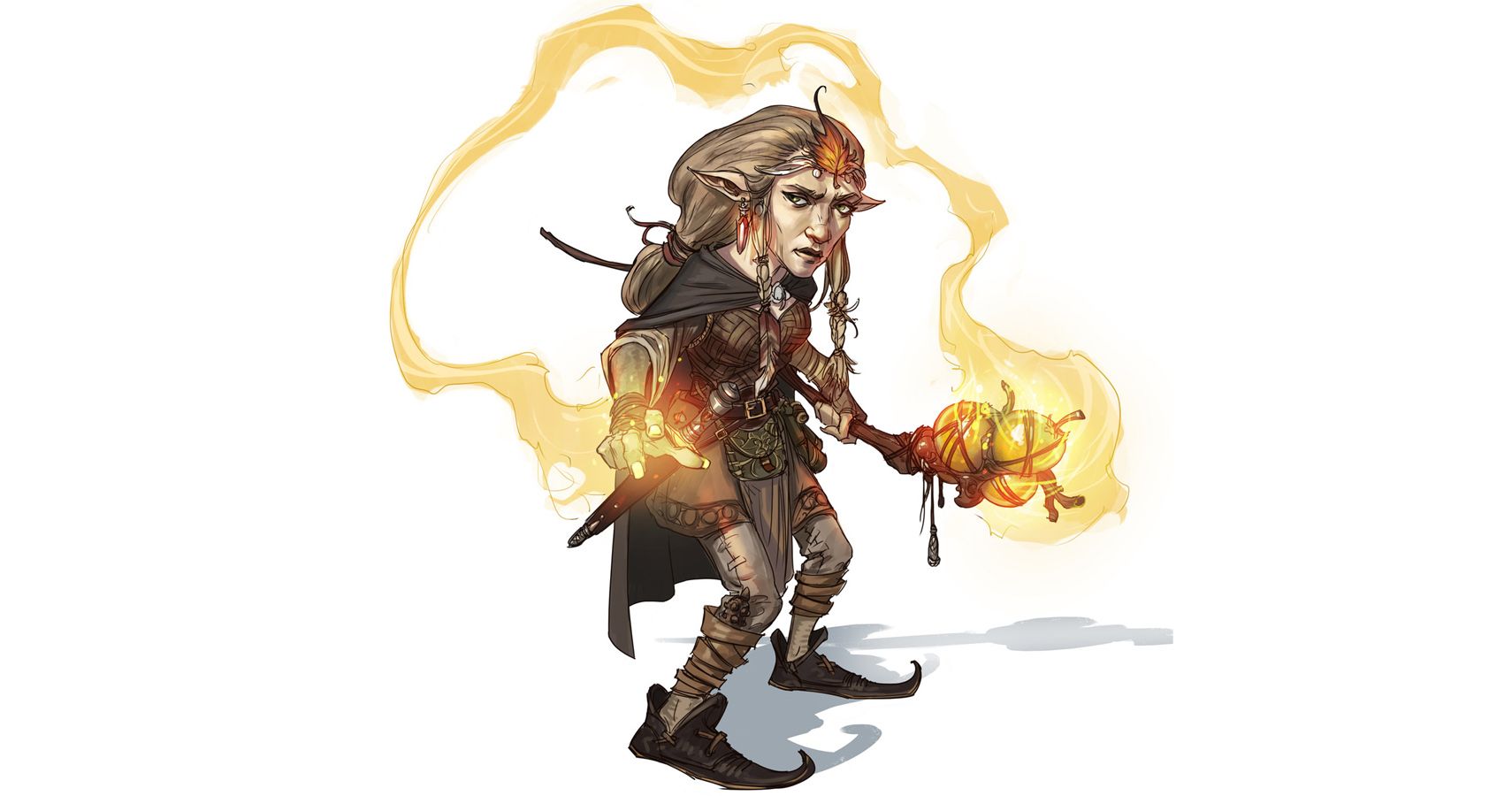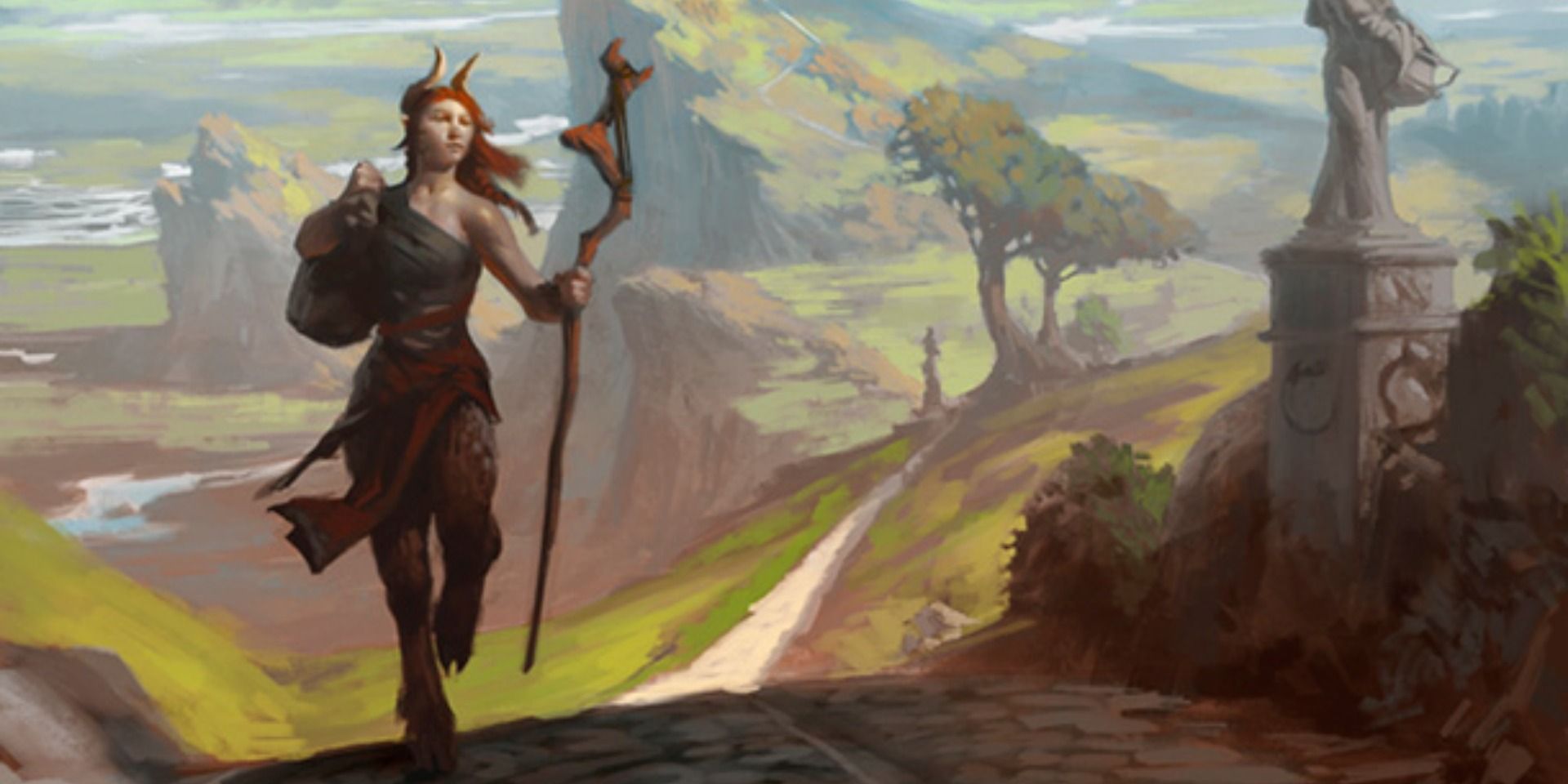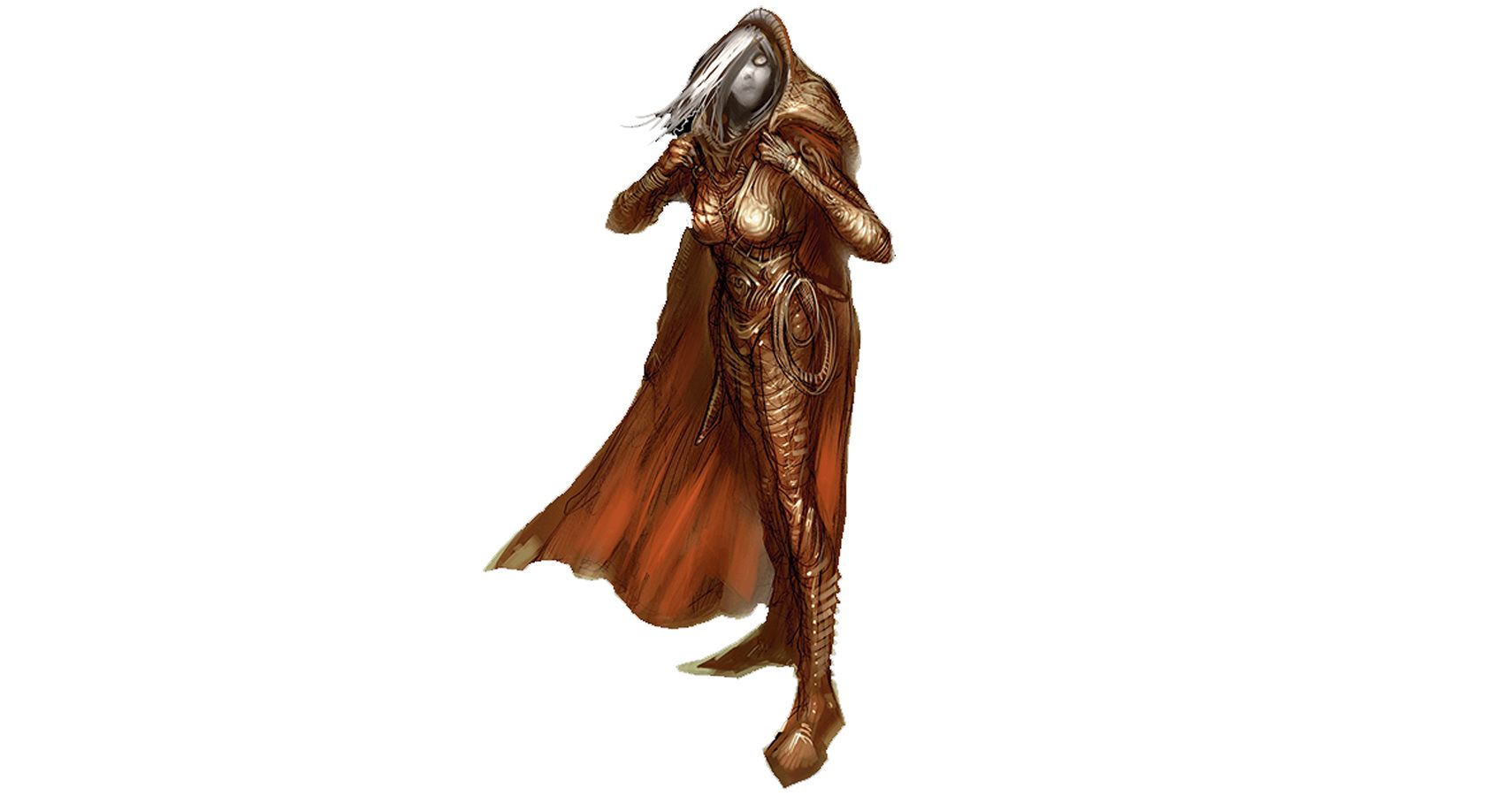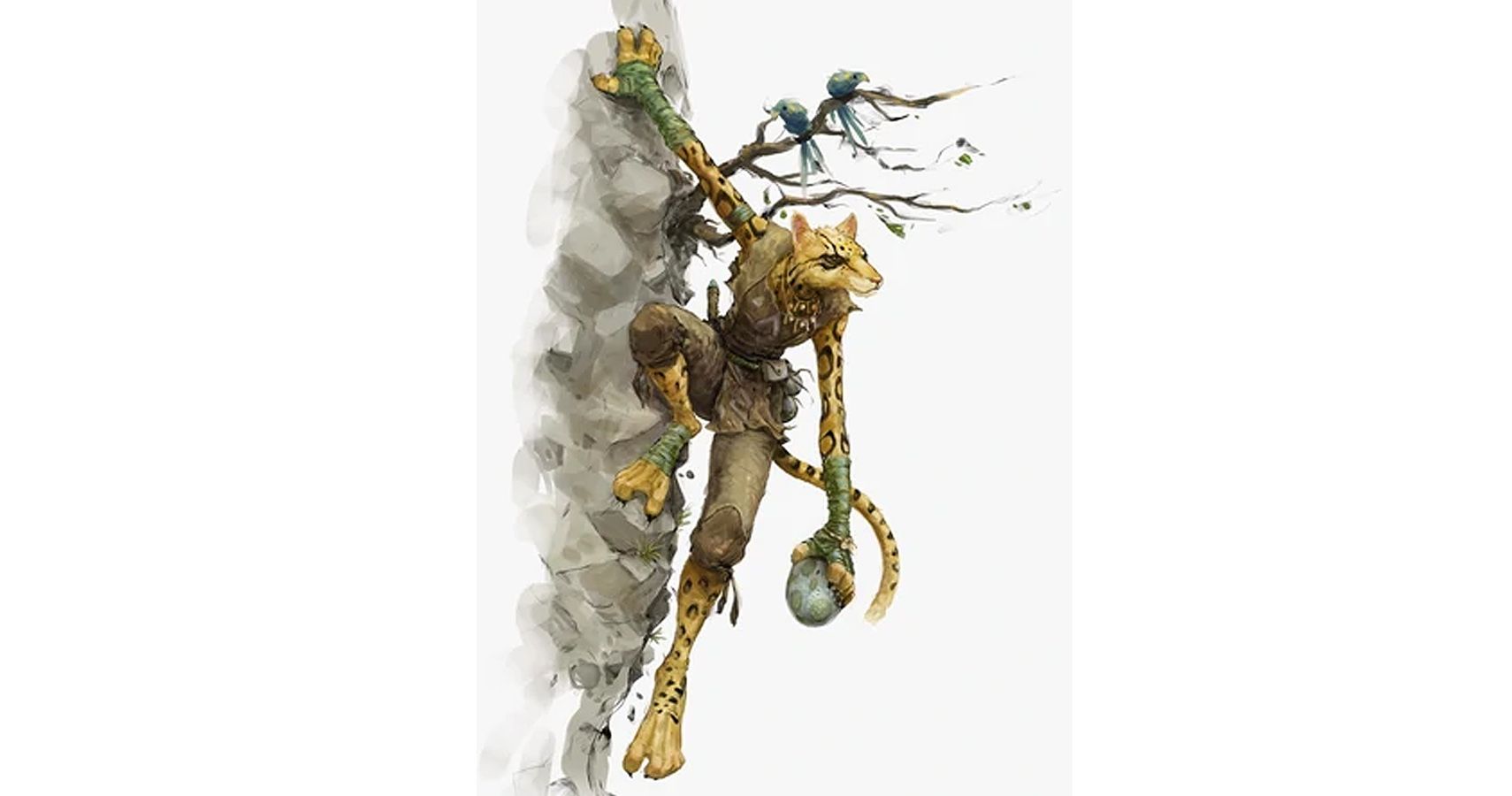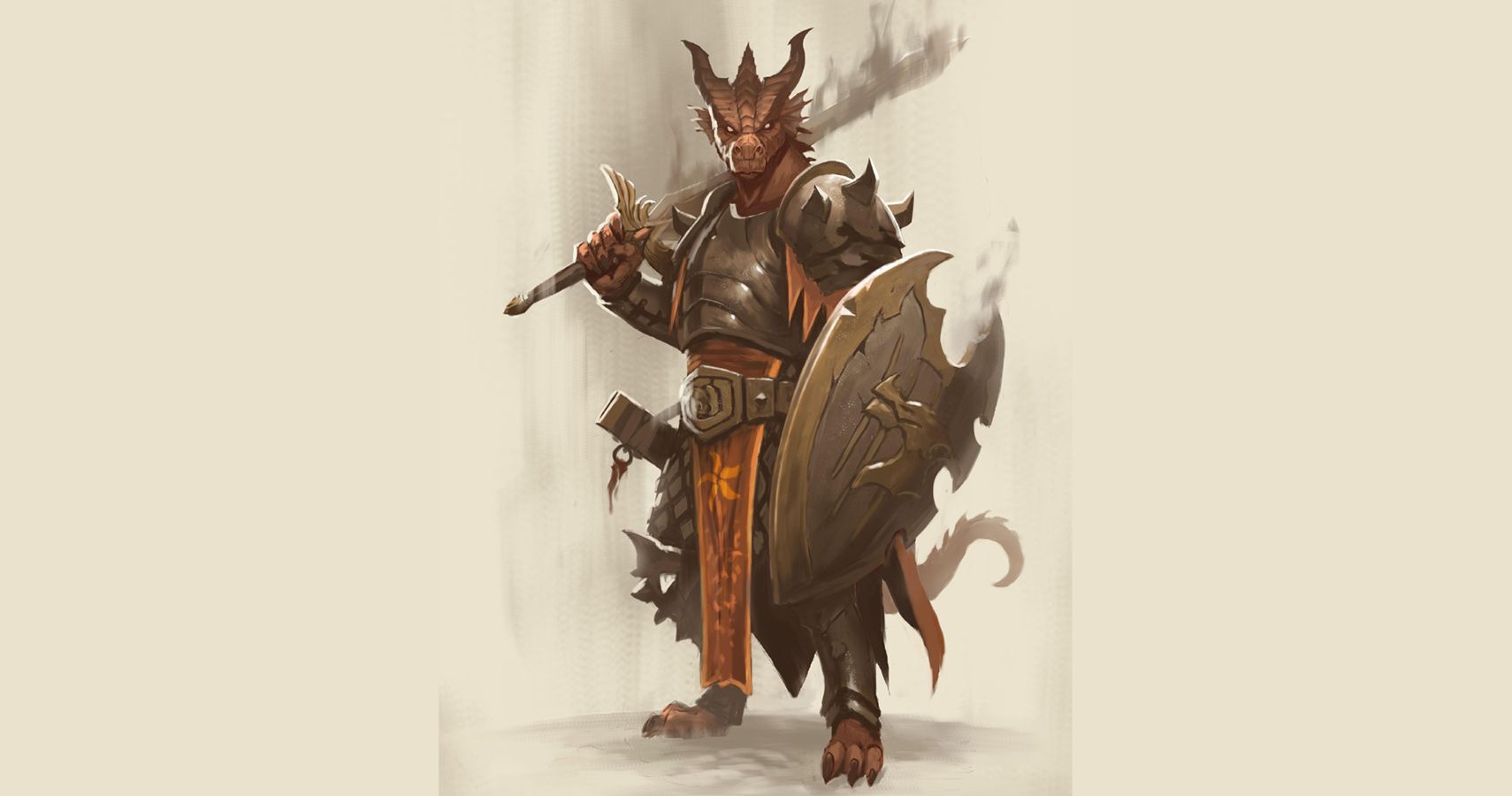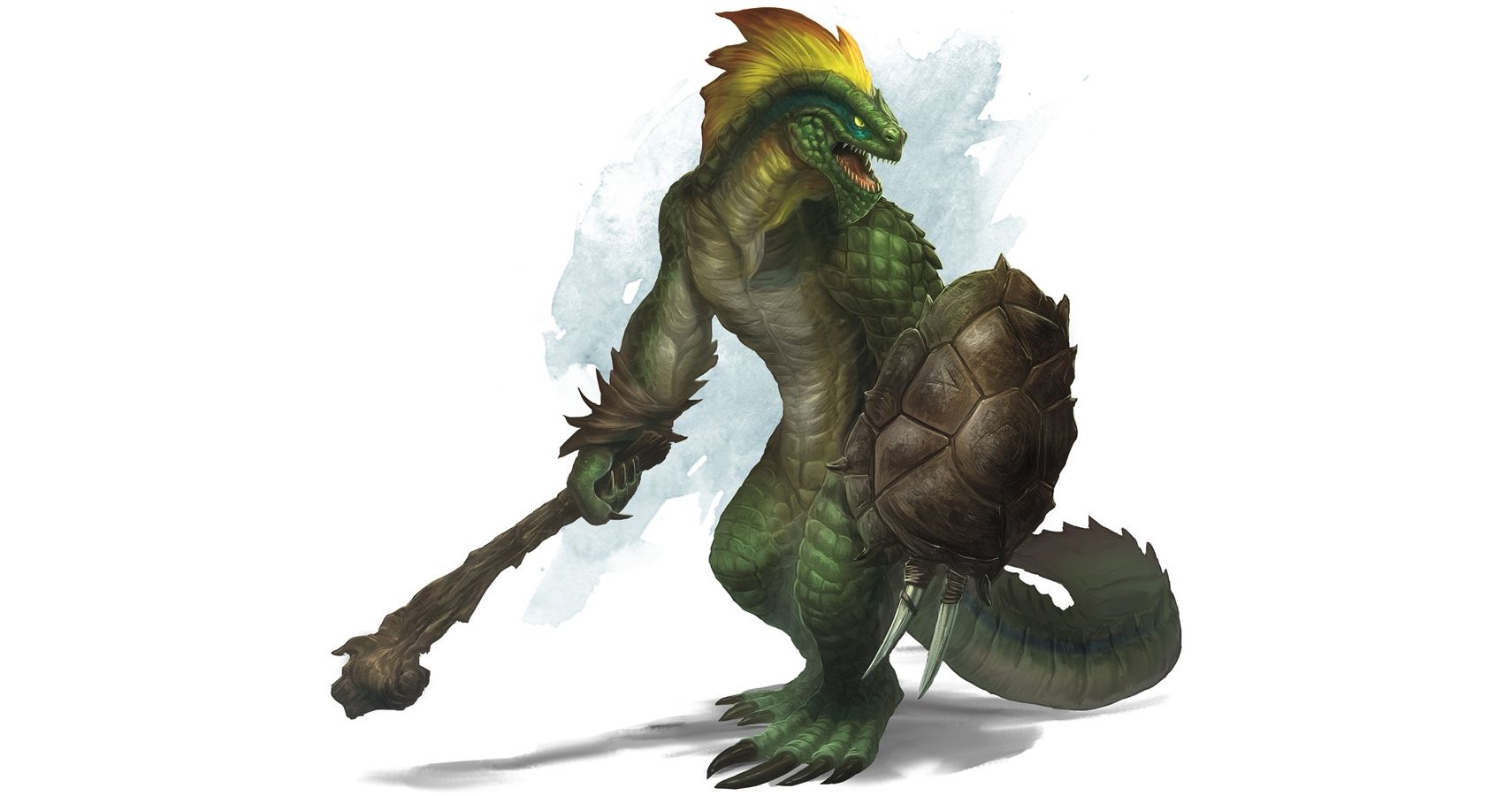So, you finally decided to accept your friend’s invitation and give Dungeons & Dragons a try. The first thing that will need to be done is to choose a race and class for your character. There are so many choices of both that this can be daunting for a beginning player. Someone new to D&D should pick a combination of race and class that will give them a good chance of survival while also being relatively simple.
Only once a player gets used to the rules of D&D should they try running a multiclass character, or some of the more obscure races. This will help ease the player into what can be an intimidatingly complicated game. The character builds in this list, with the exception of two entries, can be put together with only the 5th edition Player’s Handbook.
Updated by Kristy Ambrose on February 22nd, 2021: The creative energy that drives the D&D community continues to generate different possibilities when it comes to rolling and developing your characters. Multi-class options and other creative homebrew concoctions depend on the module and the whims of your DM. Some of the following are from outside the basic Player's Handbook and were chosen for the entertainment and immersion value along with how they're ideal for new players.
13 Firlbolg Cleric
Those that have access to Volo's Guide to Monsters can start their Cleric with this race and their generous +2 Wisdom buff. Not many races get a Wisdom buff either, with the majestic but deeply complex Aarakocra as one of the few others, and that race is only available if you're playing with the Elemental Evil Player's Companion.
The Firlbolg is a natural choice for a Cleric, with the Wisdom buff just being the start. They also have abilities like Hidden Step and Powerful build, which are also beneficial to Clerics whether they're Support or Defense.
12 Half-orc Fighter
This is a great choice for a beginning player for numerous reasons. As a Fighter, the player will have a lot of hit points, the ability to wear any armor and use any weapon. The player is not forced to keep track of spells, angering a patron deity, or adhering to a particular ethos, provided a relatively neutral or chaotic alignment is chosen.
As an Orc, the player’s fighter will have a higher than average constitution, which will provide even more hit points. A player could choose a human instead of an orc for this build, but playing an orc will allow for more interesting role-playing.
11 Elf Ranger
Every party needs a character that is specialized with a distance weapon, like a bow or crossbow. This type of character is easy to run for new players. They can safely stay away from enemies during a fight yet still be able to contribute. Elves are an easy choice for this build since they get a bonus to dexterity, and get a proficiency bonus with bows at first level.
Rangers get many useful bonuses, such as an increased chance to hit with a bow, a favored enemy type, and plenty of hit points. Rangers also have limited spellcasting abilities, which will help introduce the player to D&D’s magic system.
10 Dwarf Barbarian
Similar to the half-orc Fighter, the dwarf Barbarian is a great choice for starting players. The Barbarian class pairs very well with the dwarf race by helping to counter some of the race’s penalties. Chief among these is that Barbarians have a faster base speed than most other classes, which counters dwarves’ slower base speed.
Barbarians have the highest hit point potential, and the dwarves’ bonus to Constitution will further increase the hit point total. This should give the player enough hit points to be able to stand toe-to-toe with most enemies in melee.
9 *Vedalken Artificer
This combination might be somewhat awkward, as both the race and class come from materials outside of the Player's Handbook. If you can manage to get them together, it's worth it for the unique combination of magic and technology, ideal for new players who would prefer and more science-like gameplay.
The Vedelken are only found in the Guildmasters' Guide to Ravnica. The Artificer, on the other hand, appears in Eberron: Rising from the Last War campaign book. The class needs an intelligence modifier and the Vedalkan have one of the highest with a +2 bonus along with a handy Precision skill.
8 Tiefling Bard
Bards can be fun to play, but also a little challenging. They are jacks of all trades, and masters of none, with the exception of music ability. Bards are decent in a melee, have average hit point totals, gain some arcane spellcasting abilities, make competent thieves, and are excellent at crowd control. They have access to magical songs that can save a party during a tough encounter.
Tieflings are human-looking (for the most part) beings that have some fiendish ancestry. They gain bonuses to charisma and intelligence; which pairs well with the bard class.
7 Half-elf Sorcerer
Sorcerers are much like Wizards. The difference is that Wizards must memorize and prepare their spells; while Sorcerers use the power within themselves to fuel their spells. This makes them less flexible than wizards in terms of learning new spells, but they generally have more available spell slots.
The player must be careful to not get involved in melee due to a Sorcerer’s low hit point total, and their limitations in regards to armor and weapons. Half-elves gain a bonus to charisma, which is the primary ability sorcerers use for spellcasting. This makes them one of the best choices for the Sorcerer class.
6 Gnome Wizard
If a player would rather play a more traditional arcane spellcaster, as opposed to Sorcerers and Warlocks, then the wizard is really the only choice. Like sorcerers, wizards can be challenging for beginning players, but are also very fun to play. Wizards don’t get many hit points and are limited in their choices of armor and weapons.
On the other hand, these limitations force the player to focus on learning the magic system in D&D. Wizards are weak at low levels, but one of the strongest when the party reaches a mid-to-high level. Gnomes gain a bonus to intelligence, which is the primary ability a wizard uses.
5 *Satyr Warlock
The Satyr is available in the Mythic Odysseys of Theros module and has the Charisma and Intelligence bonuses you need for a winning Warlock. Although the Warlock is often seen as dark or evil, this class retains its popularity by staying versatile, which means you can pledge yourself to a light diety as easily as a dark, demonic entity. That also lends itself to some interesting RP possibilities. The fey background of this race has also given them bonuses to magic resistance and a Dexterity buff, which is also essential for spellasters.
4 Changeling Rogue
Rogues can be very fun characters to play, despite their limitations in a fight. They do best when they strike at an enemy from behind, preferably while that enemy is focused on the party’s fighter. Thieves make adventuring easier for the whole party. They can open locks, find traps, steal valuable items from pockets, and remain unseen.
Changelings make natural Rogues with their ability to alter their appearance and their bonus to dexterity. If the DM does not allow players to run changeling characters, then the player should choose to run a Halfling or Elf instead.
3 Tabaxi Monk
The Tabaxi are cat-people, so choosing a class that relies on bare-handed attacks seems like a natural choice. The Tabaxi get a bonus to dexterity, which is the monk’s primary ability. This class/race combo also allows for a little rule-bending in regards to base speed.
Monks gain increased movement speed as they increase in level, and Tabaxi can increase their speed using their feline agility trait. This allows the Tabaxi monk to get away from a particularly dangerous foe, or quickly get to a party member in need of help. Their claws also allow the player to change the damage type of unarmed strikes from bludgeoning to slashing if needed.
2 Dragonborn Paladin
The Dragonborn resemble humanoid dragons, and like dragons, they have a breath weapon. The type of breath weapon depends on the type and color of the Dragonborn. They gain bonuses to Strength and Charisma, making them a perfect choice for running a Paladin.
Paladins are fighters that are paragons of virtue and righteousness. They have a few limitations when choosing weapons, but are allowed the use of all armor types. Paladins, like rangers, receive some limited divine spellcasting abilities. This makes them valuable front-line fighters, as they can heal their own wounds and the wounds of the other fighters.
1 Lizardfolk Druid
Every party should have a healer of some type. A party that relies on potions for healing is, at some point, going to wish they had a divine spellcaster. Druids get a lot of useful abilities apart from access to divine spells, like the ability to take animal forms.
Unlike standard Clerics, Druids are limited in their choice of armor, but the natural armor bonus of Lizardfolk makes up for this limitation. Lizardfolk also receive a bonus to constitution and wisdom. The high Constitution will give the character more hit points, and the increased Wisdom will help with spellcasting. This is a fun class and race combination to play, and not too overly burdensome for beginners.

